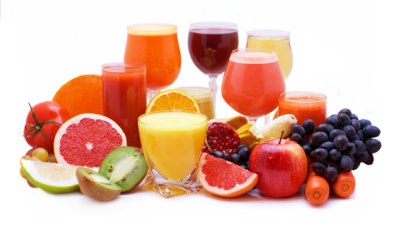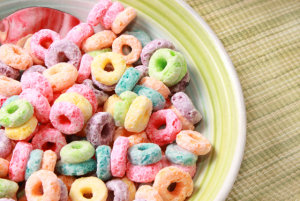Are women with naturally beautiful skin just plain lucky? We spill the beans.
Five habits people with good skin share:
Habit #1: They never go to bed with makeup on
Five habits people with good skin share:
Habit #1: They never go to bed with makeup on
After a long, tiring night, it may be the last thing you’d want to do – wash your face. But by now we all know that leaving makeup on can be disastrous for your skin. It clogs your skin’s pores, trapping the oil, leading to dead cell accumulation and even breakouts. Worse, leaving eye makeup on can result in you waking up with itchy, red eyes. So no matter how tired you are, walk up to the sink and wash it off.
We suggest you pour some baby oil onto a cotton ball and remove eye-makeup and then just wash your face with a good face-wash. This is less cumbersome in comparison to using a cleansing lotion. Do this only on nights that you are very tired. Otherwise go the elaborate way, as it removes any trace of leftover makeup.
Habit #2: They wear sunscreen everyday
Habit #2: They wear sunscreen everyday
The sun’s harmful rays are known to be a major cause for skin damage; even causing early ageing. So this is definitely one thing you mustn’t skip before heading out during the day. Experts recommend using a sunscreen with SPF 30 at least in combination with a moisturiser. Even oily skin needs external moisture application. But choose one that isn’t too heavy.
Habit #3: They keep their hands off their faces
Habit #3: They keep their hands off their faces
Many people can’t seem to keep their hands off their faces. This is one nasty habit. By doing this, you’re transferring all the bacteria from your dirty hands — that have touched all things under the sun — onto your face. And now we know why your skin has been breaking out.
Keep your hands strictly off your face. Don’t touch it unnecessarily, when you have to use clean hands.
Habit #4: They get their beauty sleep
Habit #4: They get their beauty sleep
When one doesn’t get adequate zzzz time, it shows on the skin. All those lucky women who have glowing, radiant skin never skimp on their sleep. Sleep time is when your skin repairs itself, if you take that away from it – your skin is likely to look haggard.
So get at least 8 hours of sleep a day. Unless you’re doing that you are missing out on the last burst of growth hormone that is released during the last stage of sleep. This growth hormone is known to play a key role in carrying blood to the skin’s surface, which oxygenates the skin and improves its overall appearance.
Habit #5: They don’t overdo it
Habit #5: They don’t overdo it
This one is of utmost import. The best skincare regimes are those that are done in balance. By this we mean, not overdoing them in your hunt for perfect skin. Over cleansing, over moisturising and over medicating the skin upsets the balance. For example, you’re having breakouts, and so you try using a host of products that control oil secretion. When you do this, you end up over-drying your skin, and this puts the sebaceous glands in your skin on alert, and they begin to produce more oil, resulting in more breakouts.
So wash your face two times a day. Moisturise it and apply sunscreen in the morning. At night, make sure you remove all makeup and apply a night cream that suits you. Get facials once a month or perhaps every 15 days if you think your skin needs one. But don not over do any skincare regime.
Also read:
- Sunstroke prevention and prevalence
- Always wear sunscreen
- Adult acne: Why you get it and how to treat it
- Basic questions on skincare answered
- Skincare at night Dos and Donts
Source: Yahoo!















